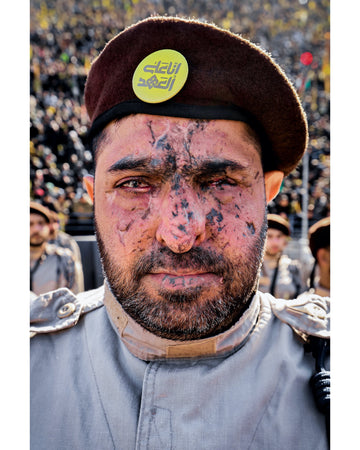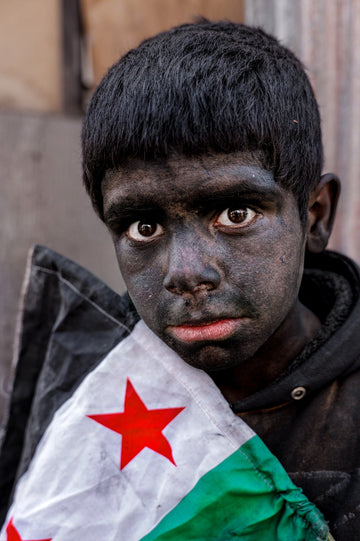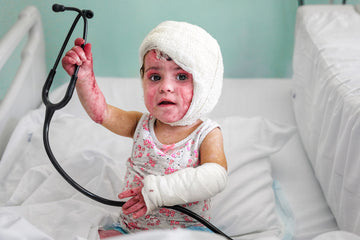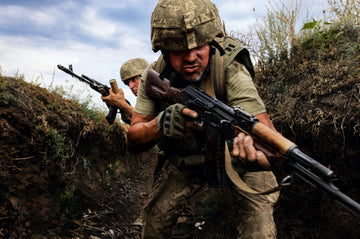I covered the funeral of Hassan Nasrallah in February of 2025. It was a turning point for Lebanon and the region alike, mobilizing tremendous crowds into the capital city.
Southern Beirut was filled with those mourning. Black flags fluttered from building facades, and Nasrallah’s image was everywhere—on banners, flags, and balconies. There were chants on the breeze, and the throng shifted as a unified whole behind the coffin that was covered with Hezbollah’s yellow flag. People wept, while others raised their fists.
It was held in a crowded stadium, surrounded by heavily armed Hezbollah fighters. During the speeches, the deep rumble of fighter planes suddenly pierced the atmosphere. I was convinced that it was part of the show—a demonstration of force, maybe a symbolic one. But I looked around me and saw the people reacting. Some winced; others crouched down instinctively, and for a moment of panic enveloped the crowd. It was an Israeli overpass. Tension etched every face, not just that of Hezbollah security.
A subsequent flyby, lower and louder, followed later. This time, there was no mistake. The message was unmistakable—a demonstration of power, a threat. But the ceremony went on. Sorrow had turned into defiance, with chants of opposition to Israel rising.
The funeral was not merely mourning a leader but served as an event that revealed Lebanon's deep divisions and uncertain destiny.



















